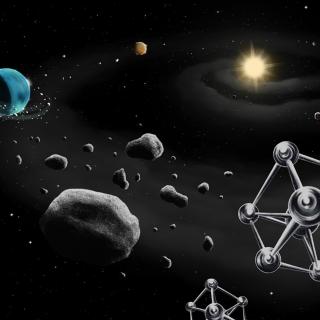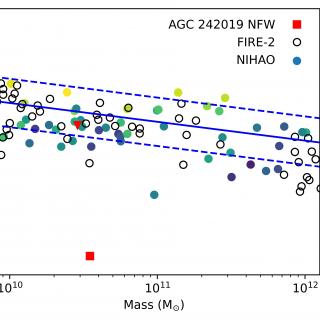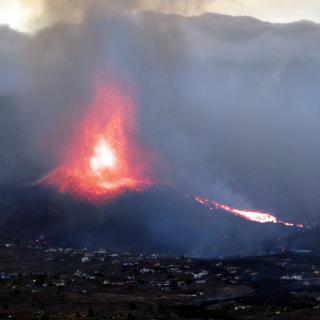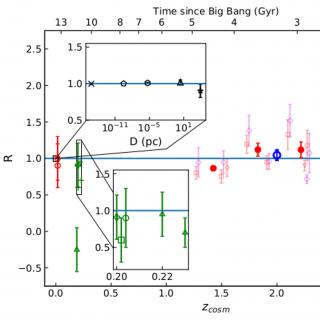
Newly formed stars have protoplanetary discs around them. A fraction of the material in the disc condenses into planet-forming chunks, and the rest finally falls into the star. Because of their common origin, researchers have assumed that the composition of these chunks and that of the rocky planets with low masses should be similar to that of their host stars. However, until now the Solar System was the only available reference for the astronomers.




